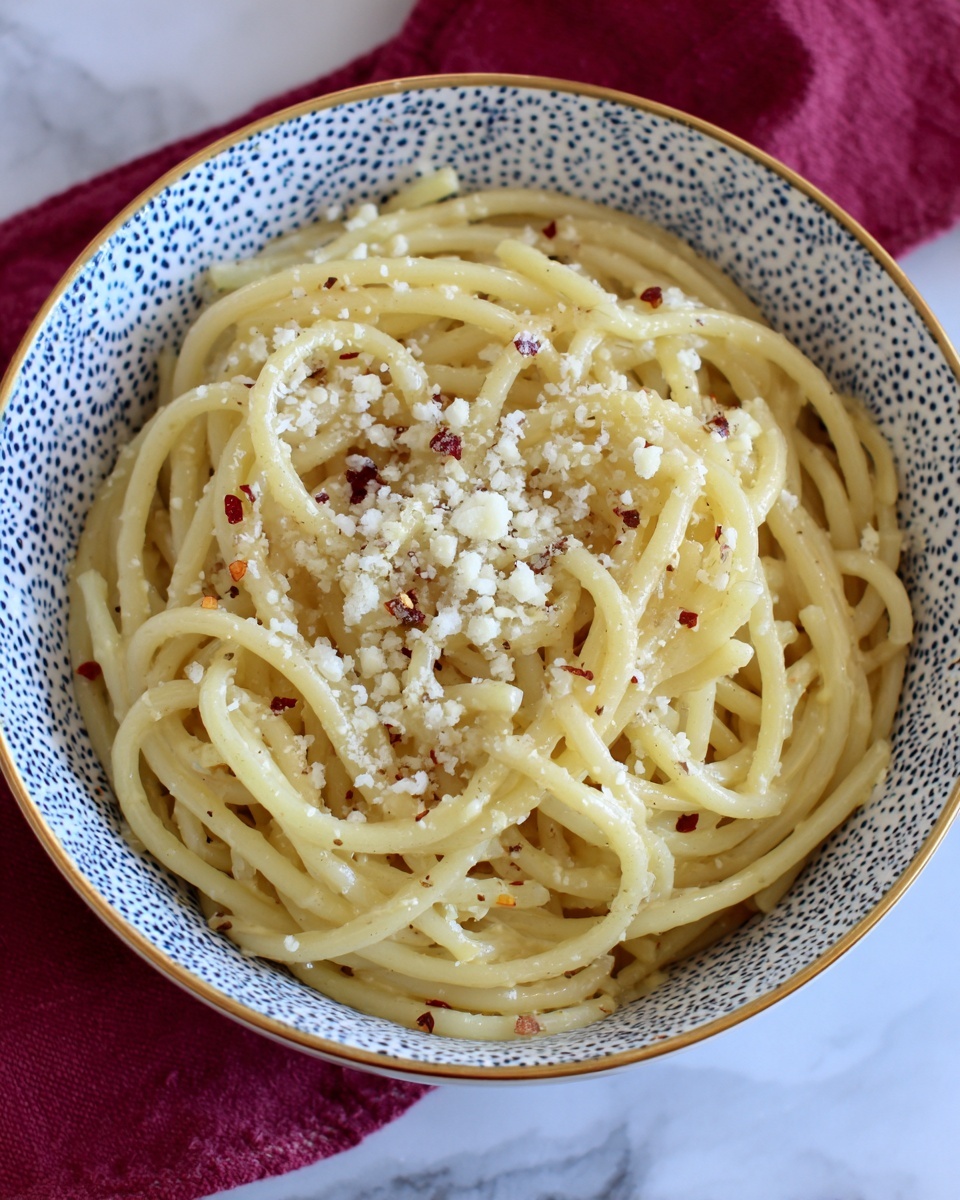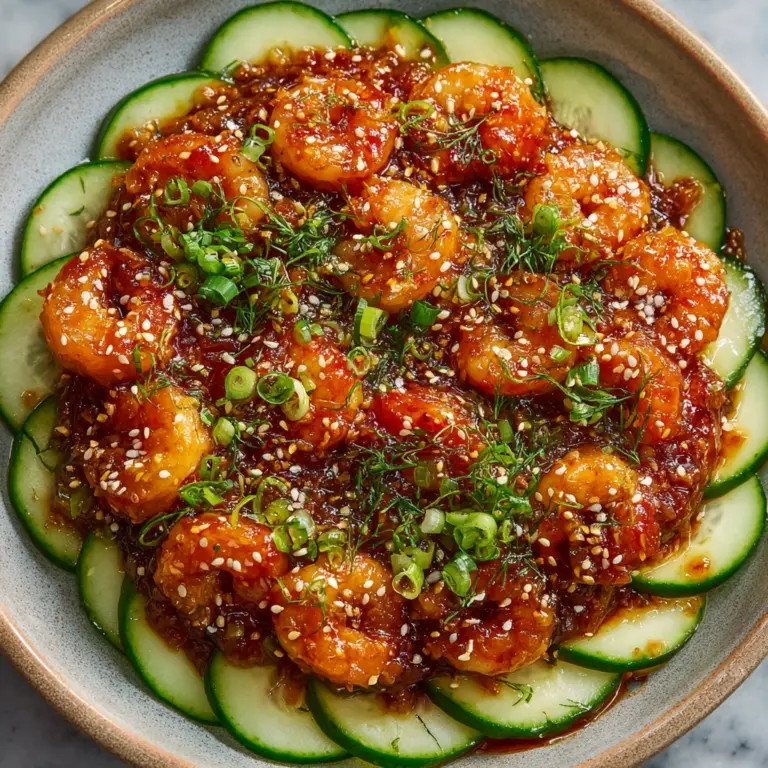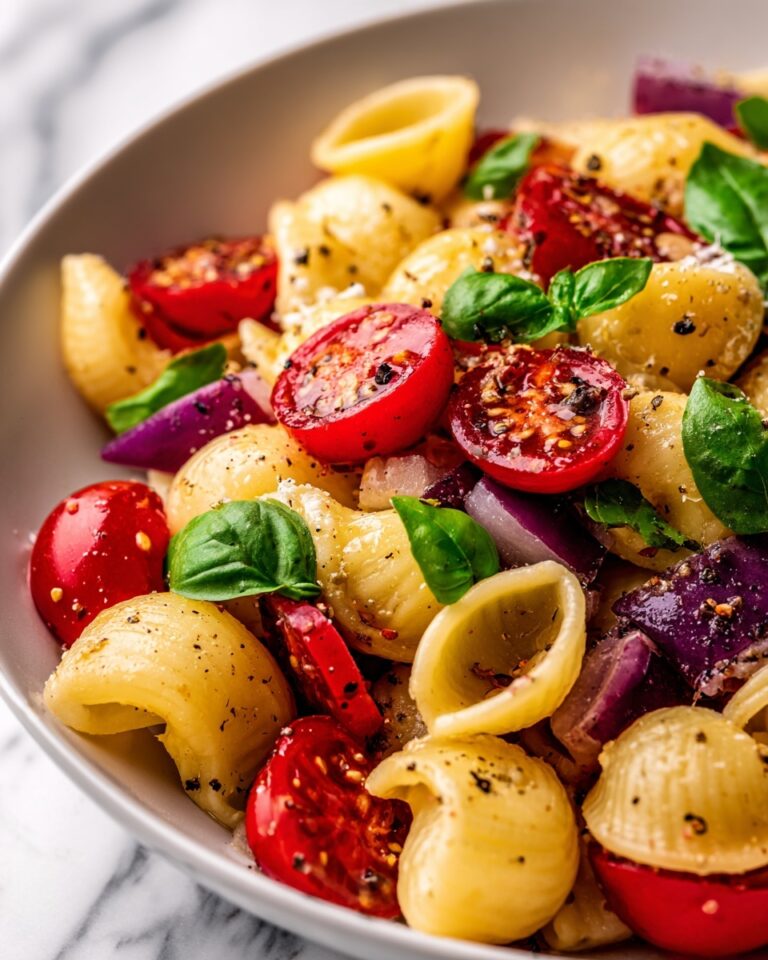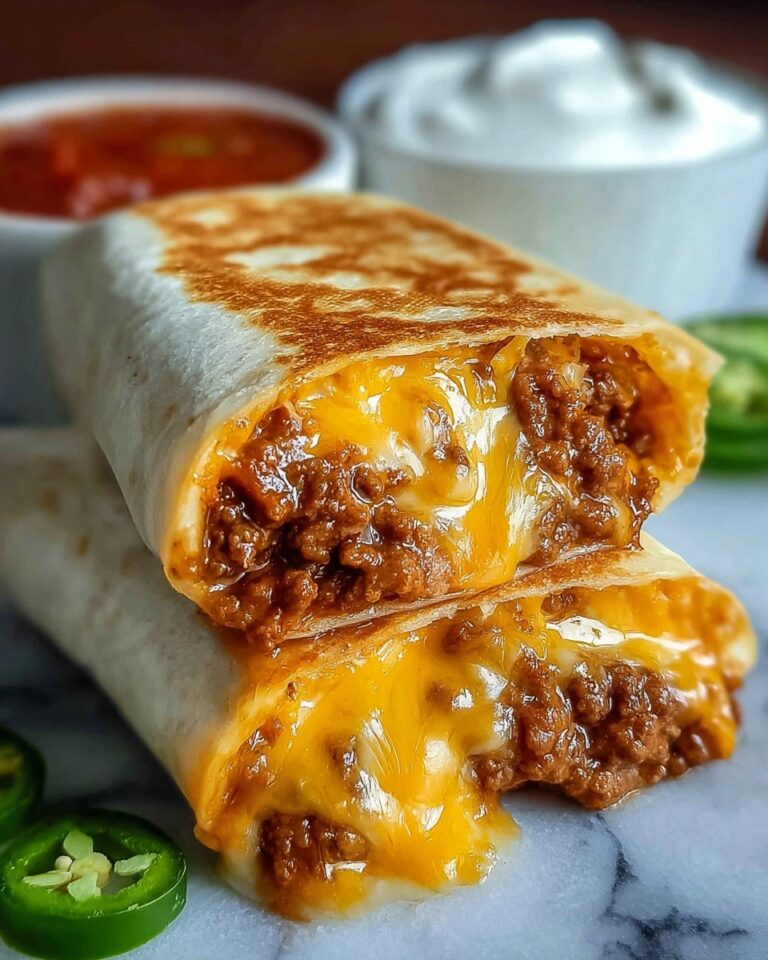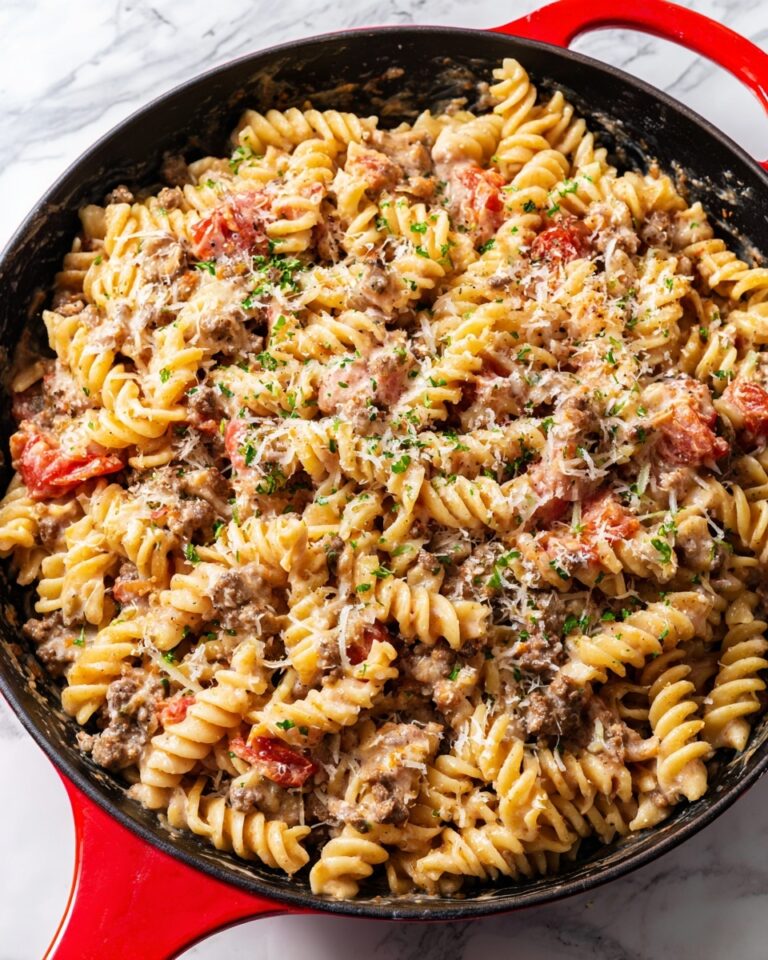If you are craving a dish that embodies the essence of Italian simplicity and comfort, look no further than this Spaghetti Cacio e Pepe Recipe. This classic Roman pasta celebrates just a few humble ingredients—spaghetti, Pecorino Romano cheese, freshly ground black pepper, and pasta water—to create a delightfully creamy, peppery sauce that clings to each strand of spaghetti. It’s a masterpiece of technique and timing that transforms pantry staples into a meal that feels both effortlessly elegant and soul-satisfying, perfect for any day of the week when you want to impress yourself or your loved ones with minimal fuss.
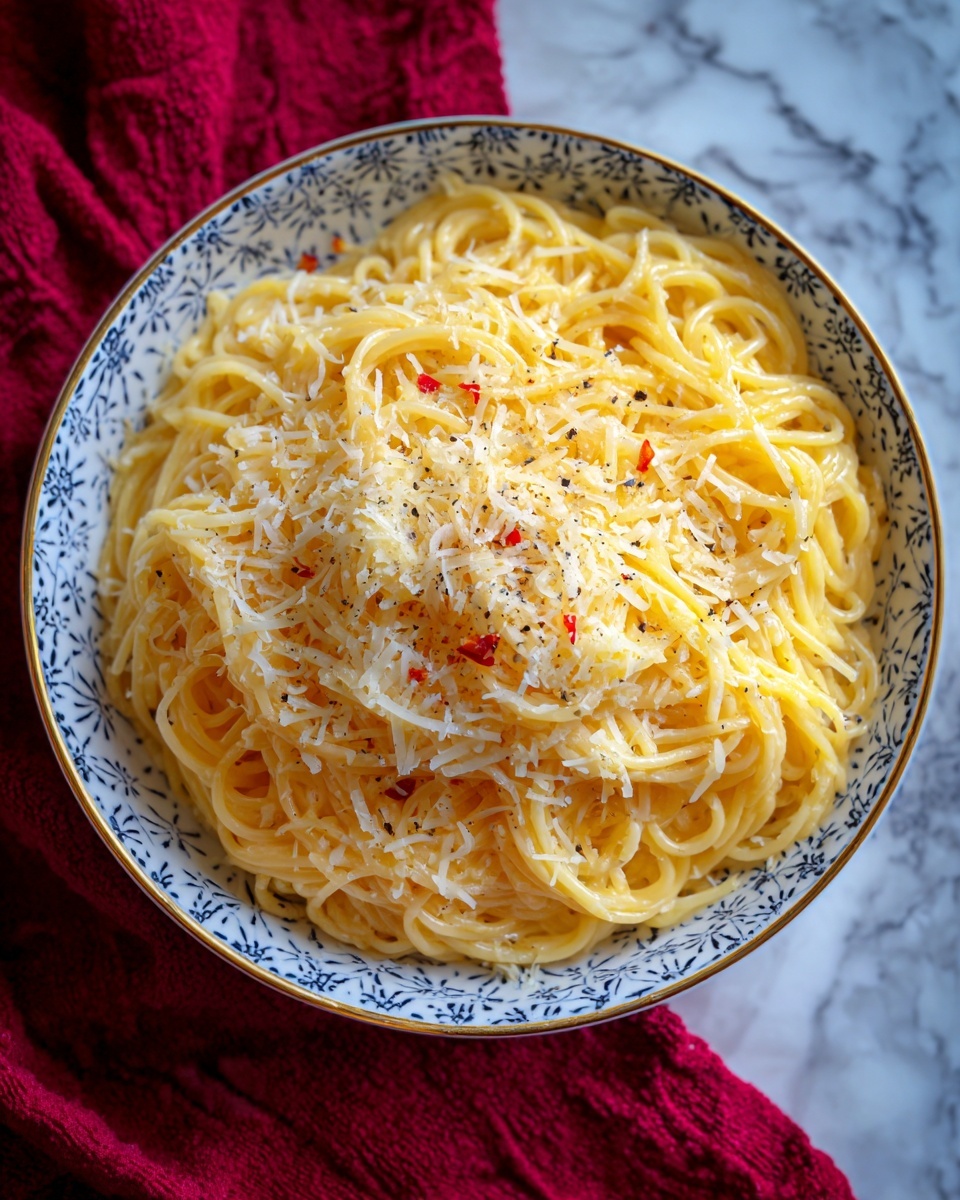
Ingredients You’ll Need
The beauty of this Spaghetti Cacio e Pepe Recipe lies in its simplicity, so choosing the right ingredients means everything. Each component plays a vital role in flavor, texture, and the classic appearance of the dish, making it essential to use high-quality cheese and freshly ground pepper to get that signature bite and creaminess.
- 12 oz spaghetti: The pasta serves as the perfect canvas to soak up the creamy, peppery sauce.
- 1 cup Pecorino Romano cheese, finely grated: This sharp, salty cheese melts beautifully to make the sauce luxuriously creamy.
- 1 ½ tsp freshly ground black pepper: Toasting the pepper releases the essential oils and adds a nuanced spiciness.
- 1 tbsp unsalted butter (optional): Adds a silky texture and richness but is entirely optional for a lighter version.
- Salt, for boiling water: To properly season the pasta and enhance the overall flavor.
How to Make Spaghetti Cacio e Pepe Recipe
Step 1: Cook the Pasta
Start by bringing a large pot of salted water to a vigorous boil. Add the spaghetti and cook it until it is just shy of al dente—about one minute less than the package suggests. This slight undercooking ensures the noodles will finish perfectly as they soak up the sauce later. Don’t forget to reserve one cup of this starchy pasta water before draining because it’s essential to building that silky sauce.
Step 2: Toast the Pepper
While the pasta cooks, heat a large skillet over medium heat and add the freshly ground black pepper. Toast it for approximately one minute until the aroma becomes wonderfully fragrant. This step intensifies the pepper’s flavor, adding depth and a hint of warmth to the dish that makes a noticeable difference.
Step 3: Create the Base
Next, pour half a cup of the reserved pasta water into your skillet with the toasted pepper and bring it to a gentle simmer. This warm, flavored liquid will become the foundation that binds all the ingredients together, lending moisture and a subtle peppery bite.
Step 4: Combine Pasta and Sauce
Reduce the heat to low before adding the drained spaghetti to the skillet. Toss the pasta in the pepper-infused water thoroughly so every strand gets coated. This careful mixing begins the magical transformation from plain noodles into something extraordinary.
Step 5: Melt the Cheese
Gradually sprinkle the finely grated Pecorino Romano cheese over the pasta while continuously stirring. The cheese will melt slowly into the starchy water, creating a smooth, glossy sauce. Add more pasta water little by little if the mixture seems thick, which helps achieve the perfect creamy consistency that defines this dish.
Step 6: Enhance (Optional)
If you decide to use butter, stir in one tablespoon now. The butter melts into the mixture, enriching the sauce and adding a subtle velvety finish that will impress even the most discerning palates.
Step 7: Finish and Serve
Keep tossing the pasta gently but continuously until the sauce clings softly but firmly to every noodle. This attention to detail ensures you get just the right balance between creaminess and peppery zing. Serve immediately, garnishing with extra Pecorino Romano and a fresh crack of black pepper for a dish that looks as stunning as it tastes.
How to Serve Spaghetti Cacio e Pepe Recipe
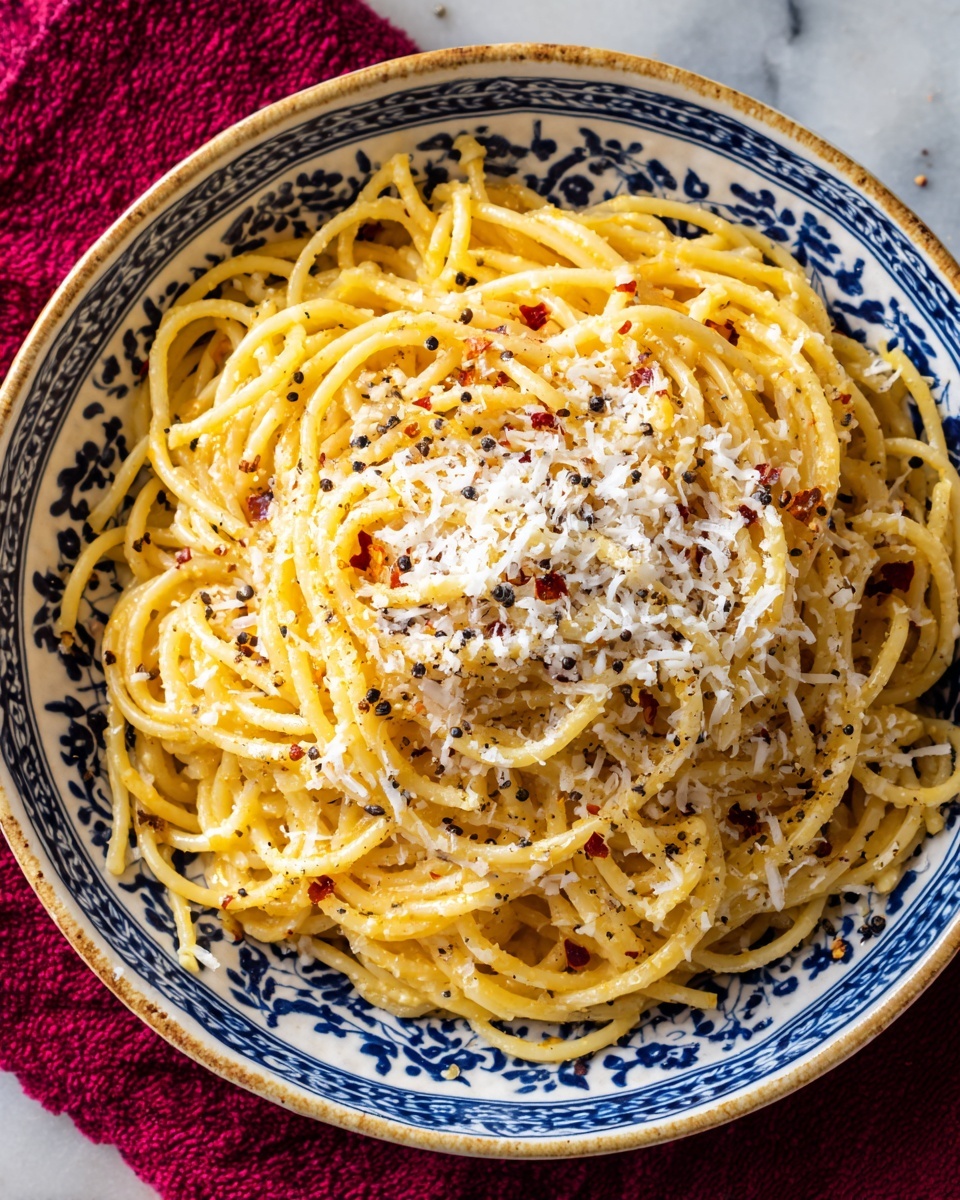
Garnishes
While the traditional Spaghetti Cacio e Pepe Recipe stands beautifully on its own, a few simple garnishes can elevate it further. Freshly cracked black pepper scattered on top enhances aroma, while finely grated Pecorino adds a salty finish. For a hint of freshness, a light drizzle of extra virgin olive oil or a sprinkle of finely chopped parsley can add a lovely touch of color and subtle flavor contrast.
Side Dishes
Pair this rich, comforting pasta with bright, fresh sides to create a well-rounded meal. A crisp green salad with lemon vinaigrette or roasted seasonal vegetables offers a refreshing balance without overwhelming the delicate flavors. For something heartier, consider garlic bread or a crusty Italian loaf for dipping into the leftover sauce.
Creative Ways to Present
For a dinner party or special occasion, serve the Spaghetti Cacio e Pepe Recipe in warmed shallow bowls to keep the pasta at its perfect temperature and to showcase its glossy texture. Twist the spaghetti with a fork into neat nests for an elegant presentation. You can also add edible flowers or microgreens on the side for a pop of color that makes your dish Instagram-worthy!
Make Ahead and Storage
Storing Leftovers
Leftover Spaghetti Cacio e Pepe can be stored in an airtight container in the refrigerator for up to two days. Since the sauce thickens upon cooling, the texture may be a little different when cold, but the flavors remain as vibrant and satisfying as when freshly made.
Freezing
This pasta is best enjoyed fresh, so freezing is not generally recommended because the sauce can separate and become grainy once thawed. If you must freeze, store the pasta and sauce separately and thaw gently in the refrigerator before reheating to improve texture.
Reheating
Reheat leftovers gently in a skillet over low heat, adding a splash of water or broth to loosen the sauce and restore its creamy consistency. Stir frequently to prevent sticking and maintain that silky smooth texture that is the hallmark of a perfect Spaghetti Cacio e Pepe Recipe.
FAQs
What type of cheese is best for Spaghetti Cacio e Pepe Recipe?
The traditional cheese used is Pecorino Romano, which is a sharp and salty sheep’s milk cheese. It melts well and provides the signature flavor that defines this dish. Avoid pre-shredded cheese because it often contains additives that prevent melting smoothly.
Can I use another pasta besides spaghetti?
While spaghetti is classic, other long, thin pasta like bucatini or linguine can work well for this recipe. The key is that the pasta should have enough surface area to hold the creamy cheese and pepper sauce effectively.
Is it necessary to toast the black pepper?
Toasting the pepper is a traditional step that enhances its aroma and flavor, making the dish more vibrant and complex. Although you can skip it in a pinch, you will miss out on some of the subtle smoky warmth that elevates the overall profile.
Why do I need to reserve pasta water?
Pasta water contains starch released from the pasta as it cooks, which acts as a natural thickener for the sauce. Adding it gradually helps melt the cheese smoothly and creates that silky texture that is the hallmark of Spaghetti Cacio e Pepe Recipe.
Can this recipe be made vegan or dairy-free?
To make a vegan or dairy-free version, you can substitute the Pecorino Romano with a plant-based cheese that melts well and use olive oil instead of butter. Keep in mind the flavor profile will change, but it can still be delicious with the right adjustments.
Final Thoughts
This Spaghetti Cacio e Pepe Recipe is truly a celebration of simplicity and flavor coming together in the most delightful way. Once you master the technique, it becomes a go-to dish for any occasion when you want something fast, impressive, and utterly comforting. I can’t wait for you to try it and fall in love with this iconic Italian classic as much as I have!
Print
Spaghetti Cacio e Pepe Recipe
- Prep Time: 5 minutes
- Cook Time: 15 minutes
- Total Time: 20 minutes
- Yield: 2 servings
- Category: Main Course
- Method: Stovetop
- Cuisine: Italian
Description
Spaghetti Cacio e Pepe is a classic Italian pasta dish that elegantly combines simple ingredients like Pecorino Romano cheese and freshly ground black pepper with al dente spaghetti to create a creamy, flavorful sauce. This quick and easy recipe highlights the perfect balance of sharp, salty cheese and peppery warmth, making it a perfect comfort meal for any pasta lover.
Ingredients
Ingredients
- 12 oz spaghetti
- 1 cup Pecorino Romano cheese, finely grated
- 1 ½ tsp freshly ground black pepper
- 1 tbsp unsalted butter (optional)
- Salt, for boiling water
Instructions
- Cook the Pasta: Bring a large pot of salted water to a boil. Cook the spaghetti until just shy of al dente, about 1 minute less than package instructions. Reserve 1 cup of pasta water before draining the pasta.
- Toast the Pepper: In a large skillet over medium heat, toast the freshly ground black pepper for about 1 minute until fragrant, which will bring out its aromatic and spicy flavors.
- Create the Base: Add ½ cup of the reserved pasta water to the skillet with the toasted pepper and bring it to a gentle simmer to infuse the water with the pepper flavor.
- Combine Pasta and Sauce: Reduce the heat to low and add the drained spaghetti to the skillet, tossing well to coat the noodles evenly with the pepper-infused water.
- Melt the Cheese: Gradually sprinkle in the finely grated Pecorino Romano cheese while continuously stirring the pasta to prevent clumping, adding more reserved pasta water as needed to create a smooth and creamy sauce.
- Enhance (Optional): If desired, add 1 tablespoon of unsalted butter at this stage to enrich the sauce and add extra creaminess.
- Finish and Serve: Continue tossing the pasta until the sauce clings smoothly and evenly to the noodles. Serve immediately with additional Pecorino Romano cheese and a sprinkle of black pepper on top for extra flavor.
Notes
- Reserve plenty of pasta water as its starch helps create a creamy sauce without cream.
- Use freshly ground black pepper for the best aroma and flavor.
- The butter is optional but adds richness to the dish.
- Serve immediately to enjoy the sauce at its creamiest.
- Use Pecorino Romano cheese for an authentic sharp, salty flavor; Parmesan can be substituted but will alter the taste slightly.

